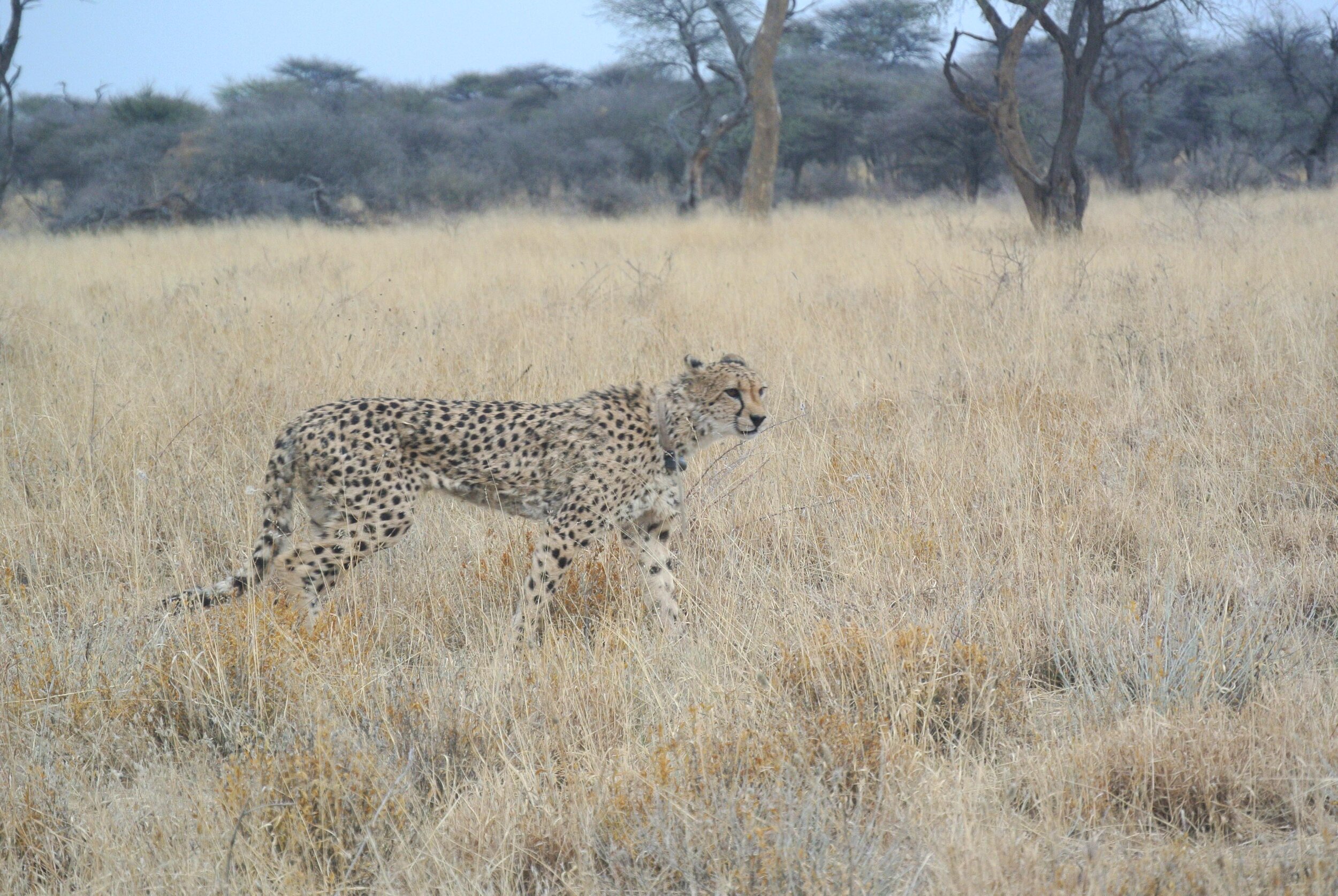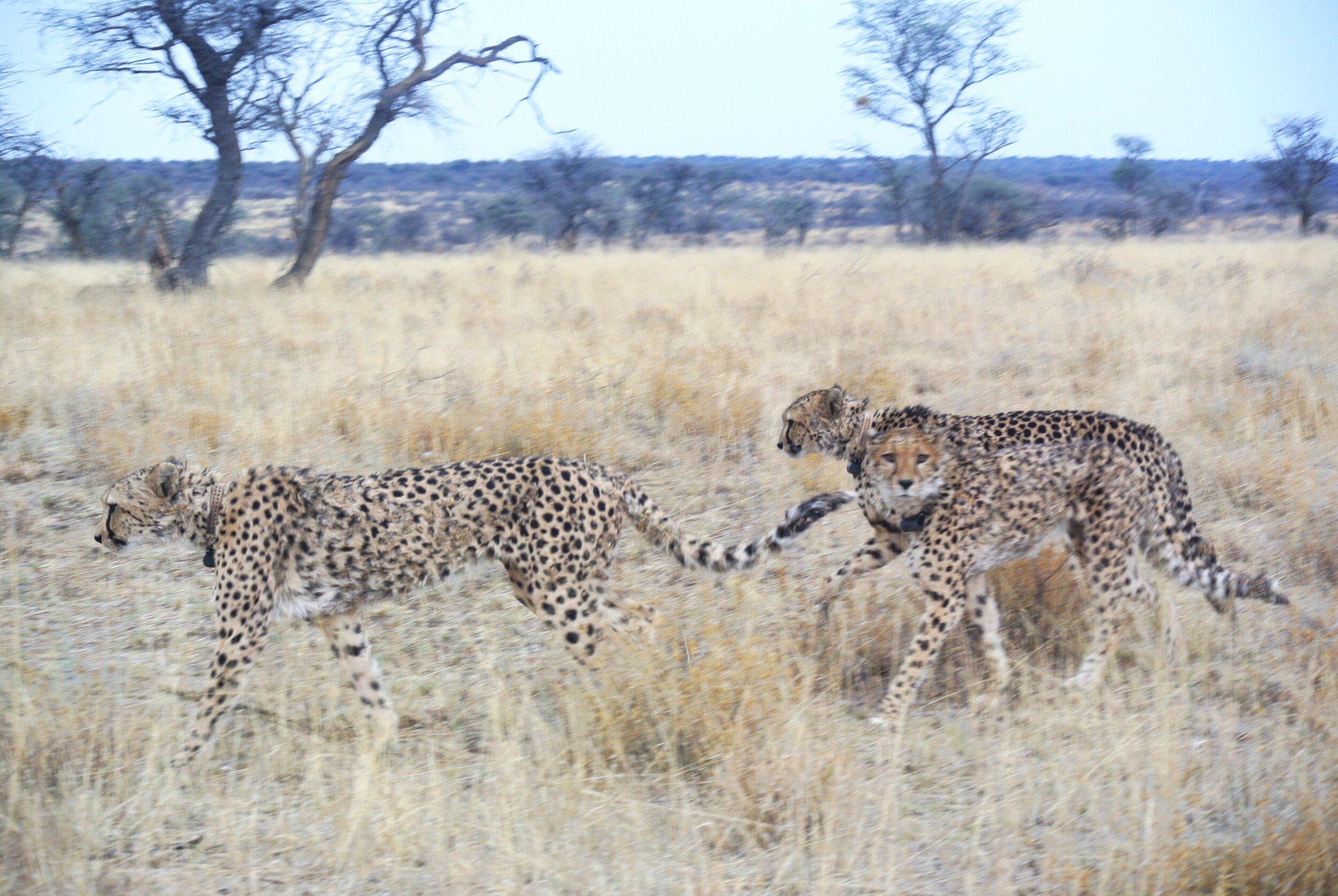TRAVEL | TRACKING LEOPARDS AND CHEETAHS IN NAMIBIA
Namibia may be the lesser known star of its African neighbours with East Africa taking the crown for its wildlife and South Africa for its travel variety but this Southern African nation packs a punch for its dramatic landscapes, from the stark Skeleton Coast to Sossulevi’s rising red dunes and the vast and mysterious Namib Desert, not to forget wildlife including the elusive rhino, desert elephants and cheetahs.
We spent the majority of our honeymoon in Namibia, and one of the great things is that it’s safe to self-drive there, even in Etosha National Park which allowed us to go at our own pace.
After an overnight stay in the capital, Windhoek, we set off for Okonjima National Reserve, home to AfriCat Foundation, a charity dedicated to wildlife conservation. Due to frequent attacks on locals’ lifestock, farmers retaliate using traps, poison or guns and since it began in 1991, AfriCat has rescued more than 1,000 animals, returning over 85% to the wild. It’s also known for its work in conflict mitigation projects, with the goal of animals and locals living harmoniously alongside.
We knew that were guaranteed a cheetah sighting with the possibility of leopard too. One thing to note, is that these cats are collared and are therefore tracked. Obviously this increases your sighting chances, but nevertheless it’s still the case of being in the right spot at the right time and we certainly had this on our first drive.
As we drove further into the park, our guide’s tracking device was picking up a predator hiding close by. We parked up and waited. Expecting it to be a cheetah, we were shocked when a huge male leopard brushed through the thicket and crept cautiously into full view. He had been watching us and with his piercing eyes fixed on us, you felt his presence.
He moved onto the watering hole and to our amazement, a female leopard joined him. This was incredibly rare since leopards are solitary animals, and only come together when mating. They retreated back into the thicket but we still witnessed the mating which was over within minutes.
The next day, we were up at the crack of dawn to track cheetahs on foot. Without the safety of vehicle, there was a certain amount of trepidation to being exposed to wild animals. Although, they are by no means tamed cats, the cheetahs are used to human contact and we respectfully kept our distance as we watched three playful siblings.
With their bellies full after a recent ornyx kill, they were relishing family time, grooming each other and relaxed in our company. Sadly, they had lost a sister recently and it was quite amazing to see how the tight family bond translates to the animal kingdom. They took great care of each other and once they’ve had enough of our company, walked confidently away towards new pastures.













